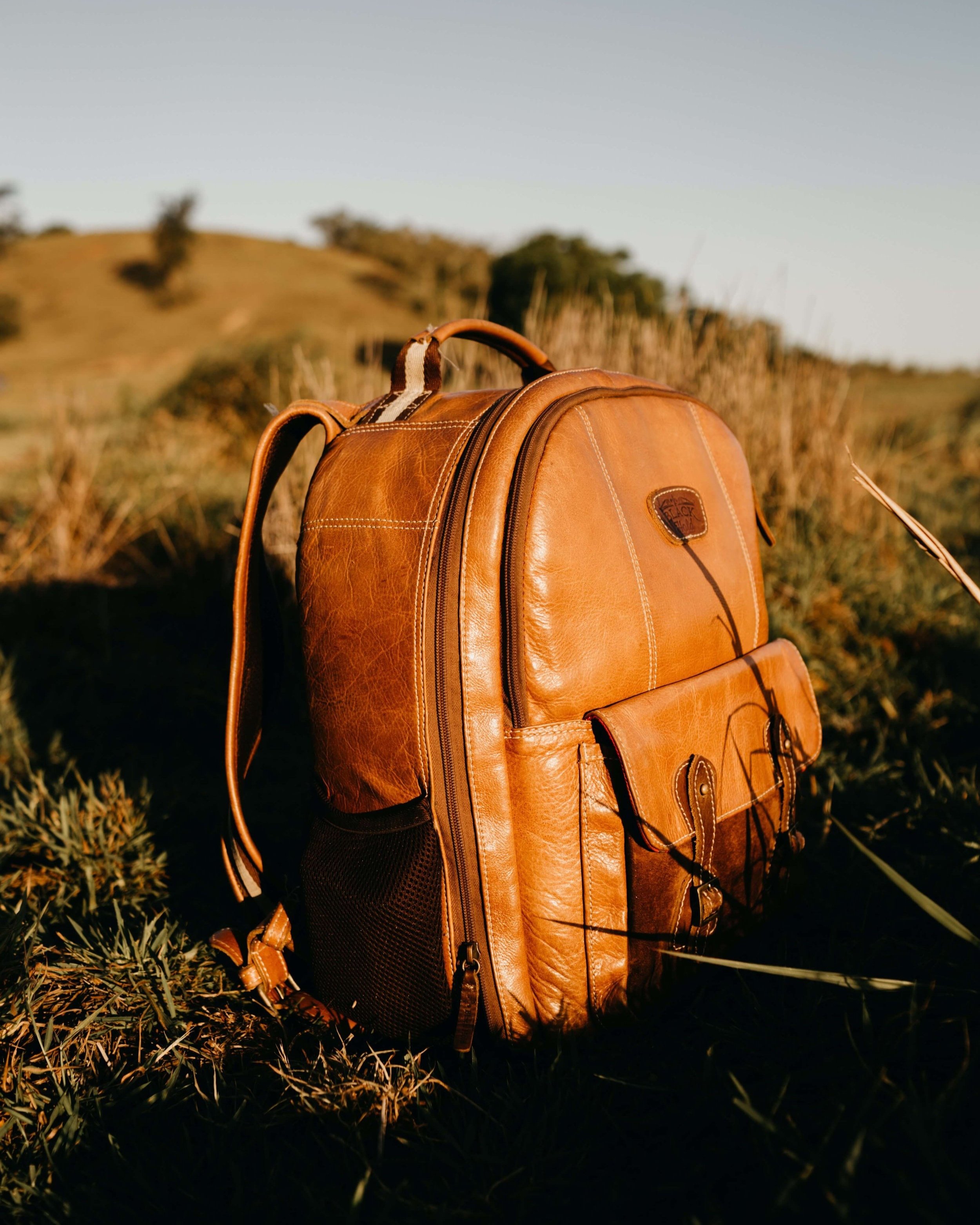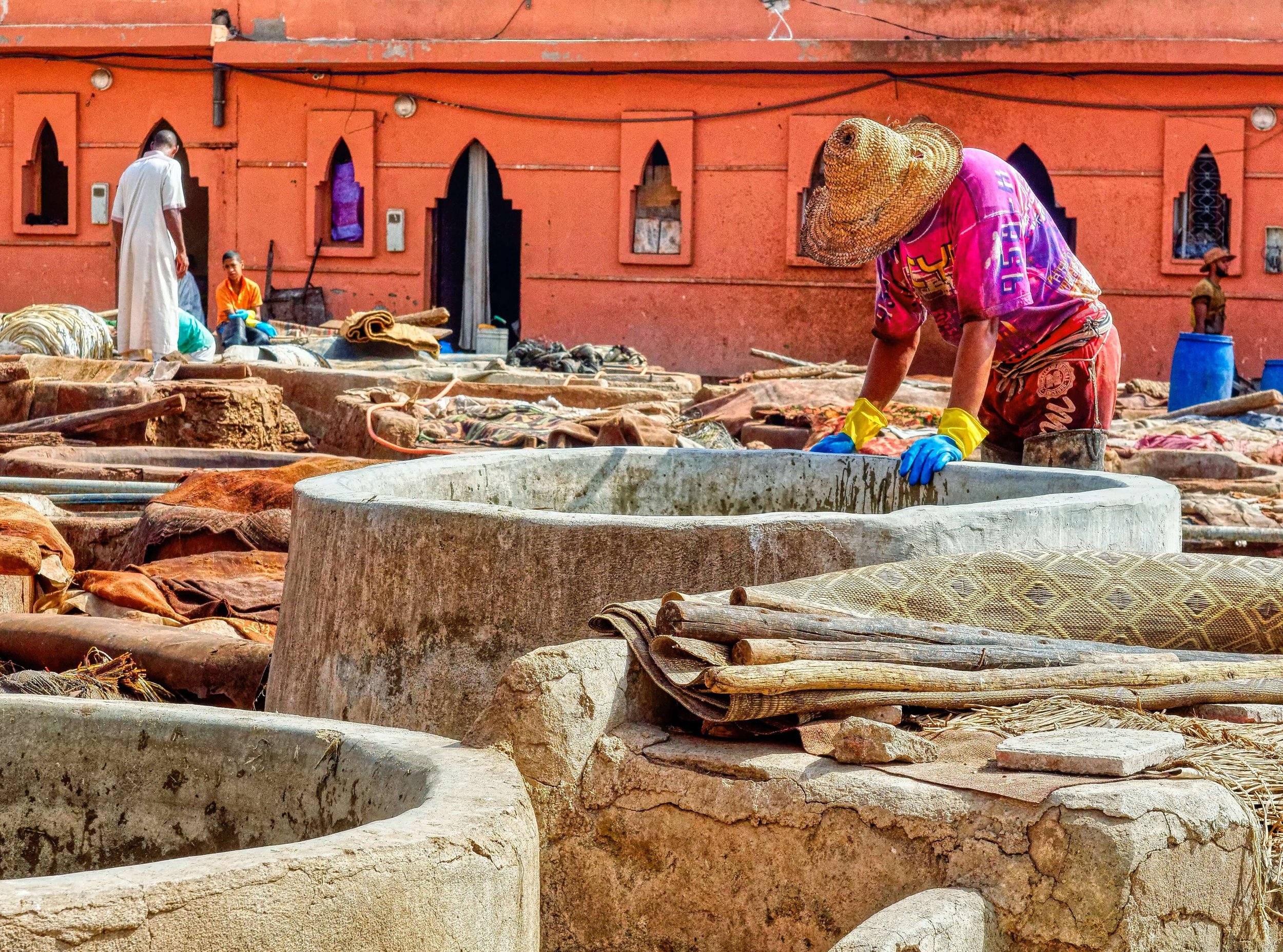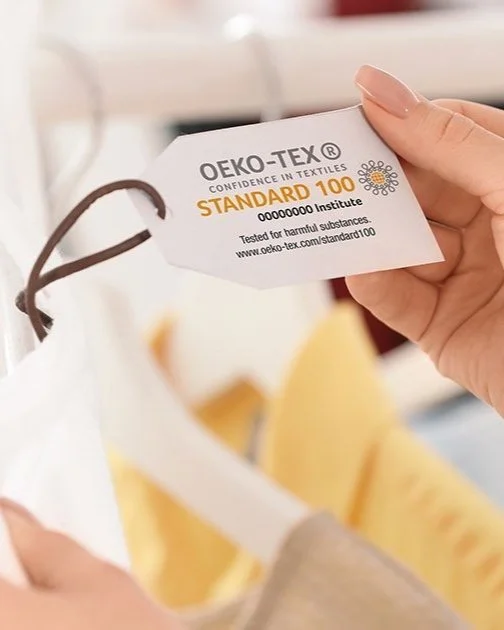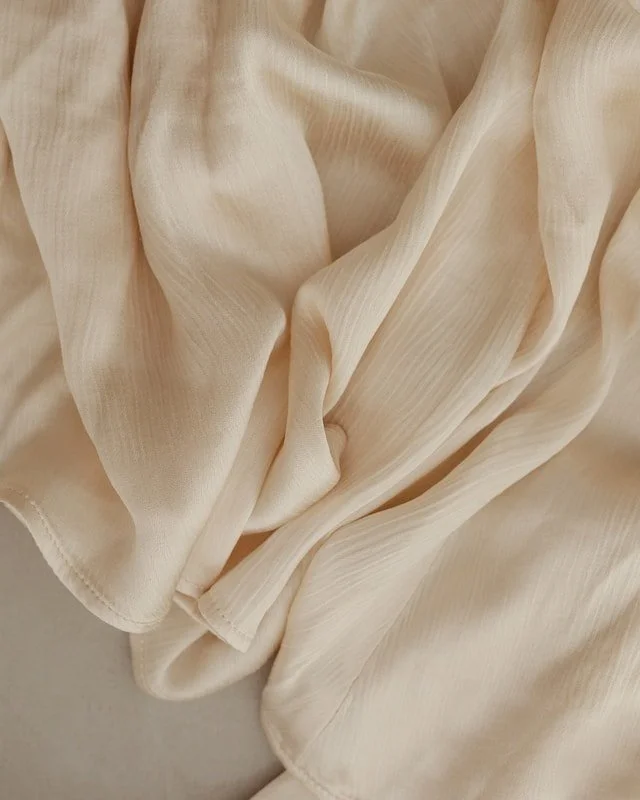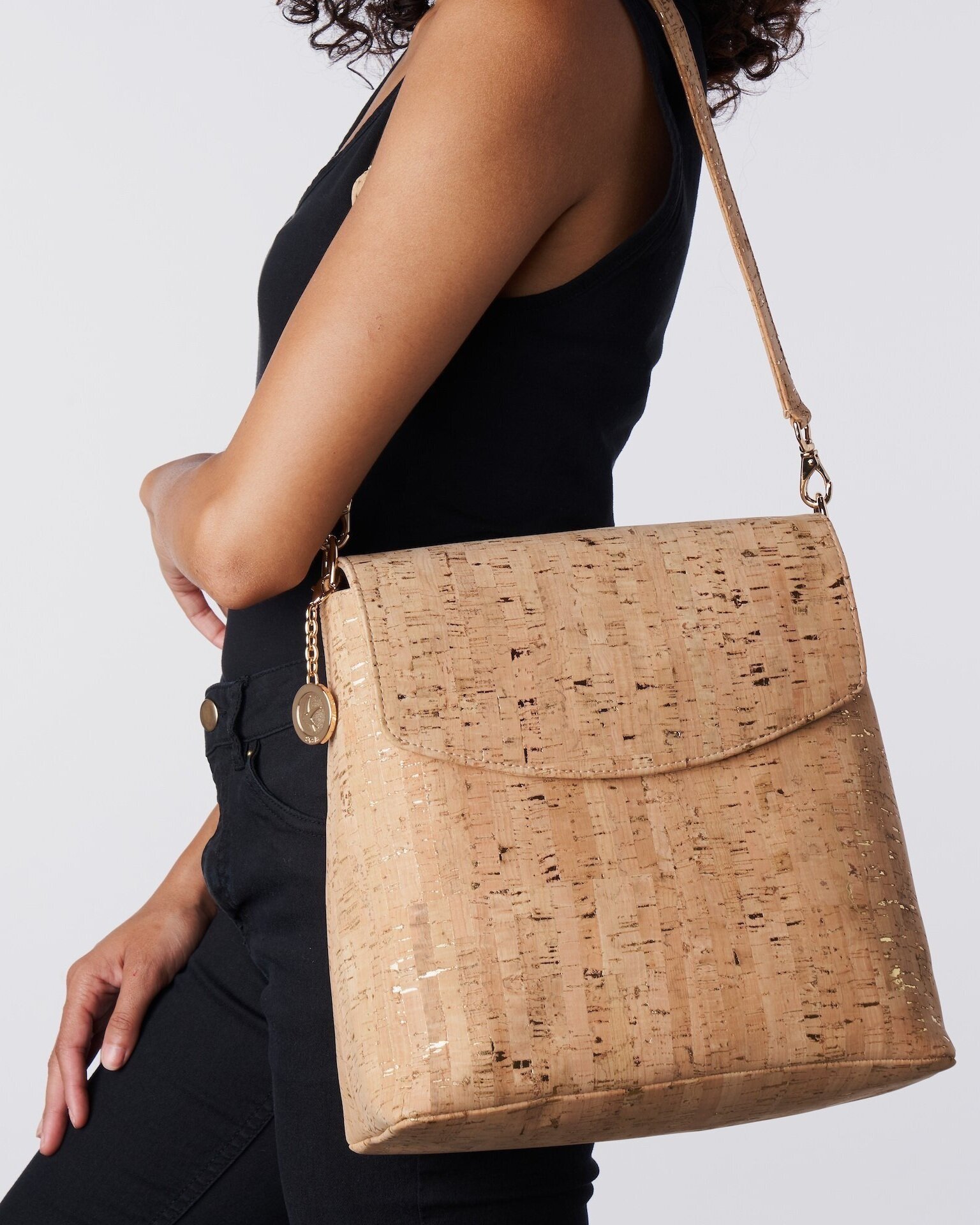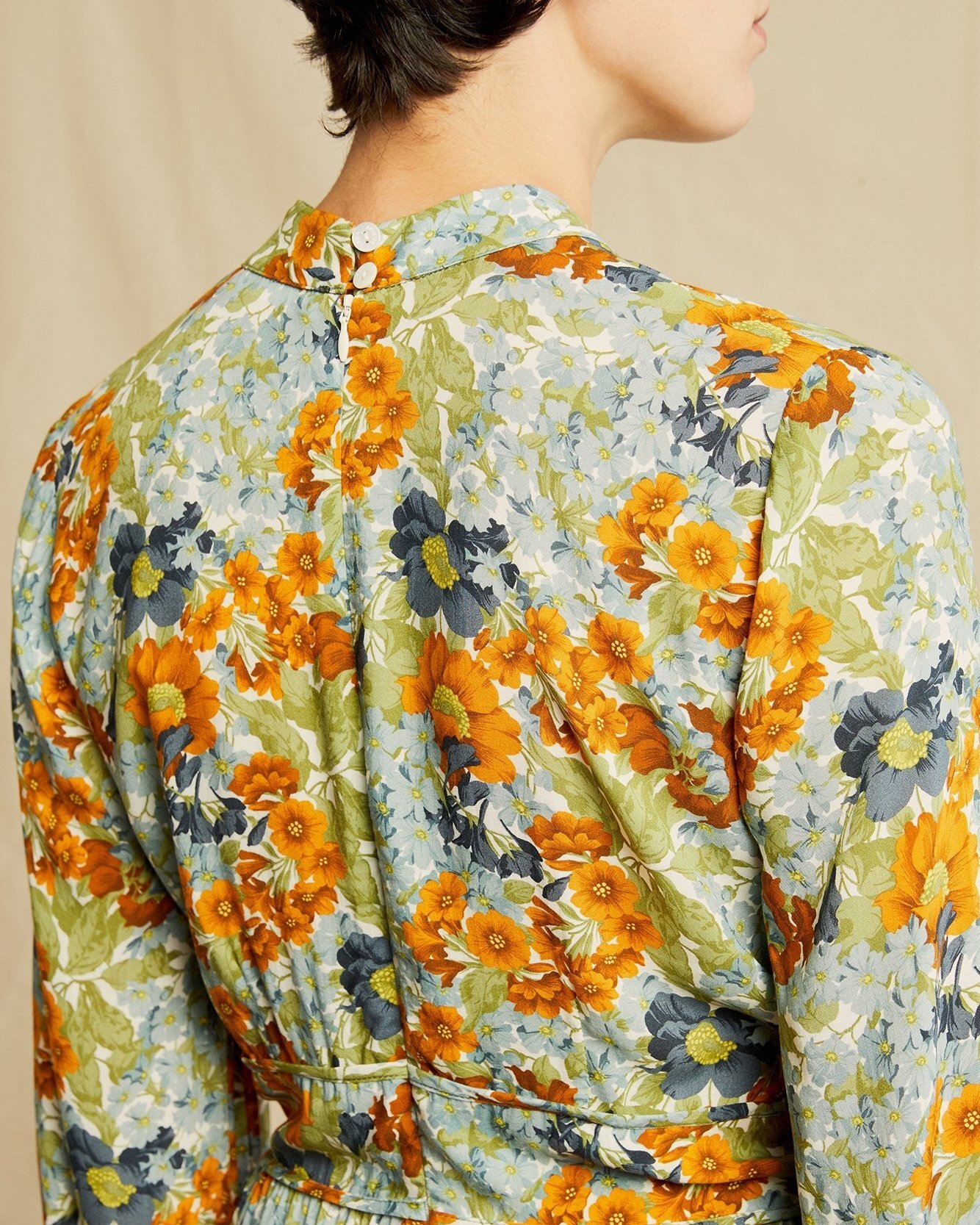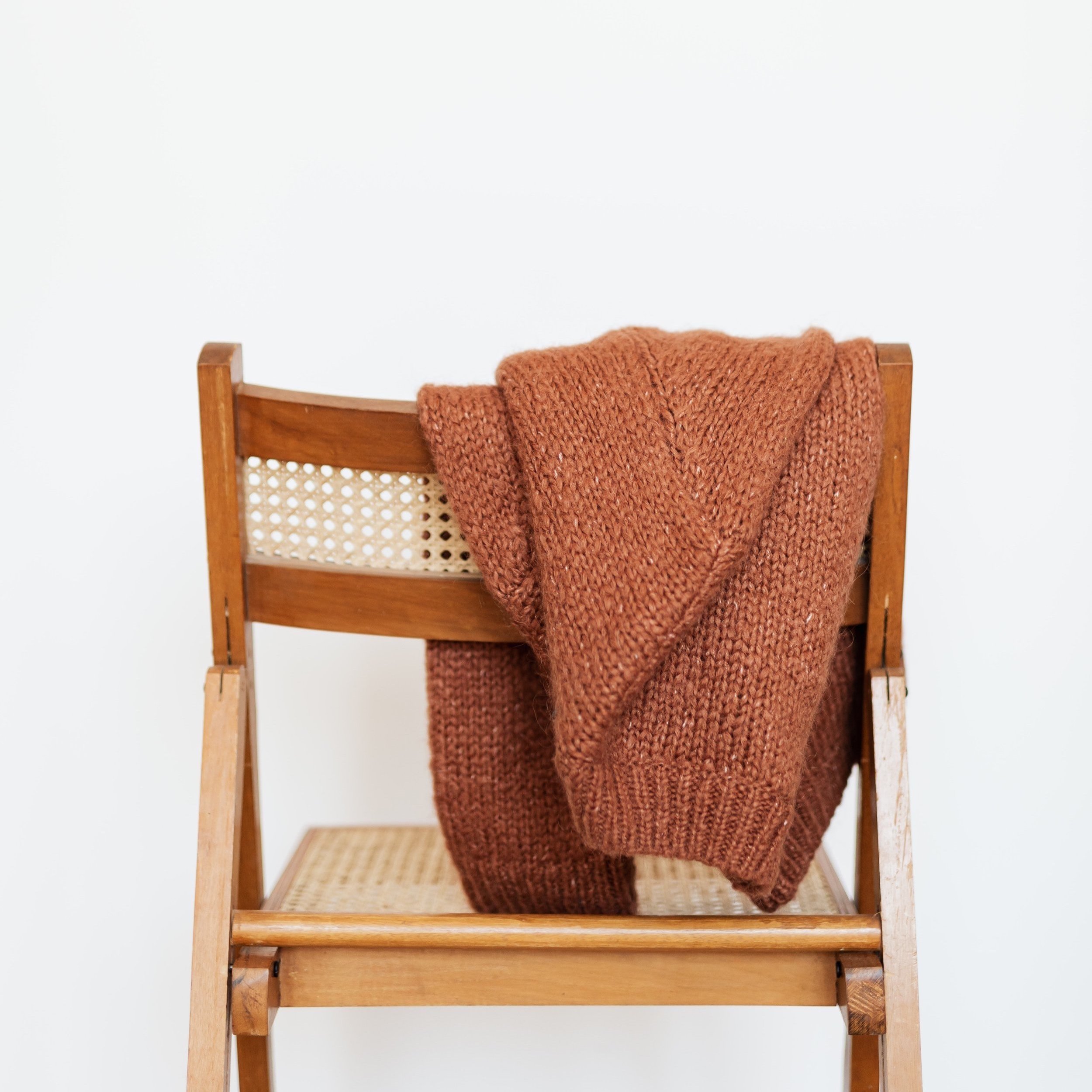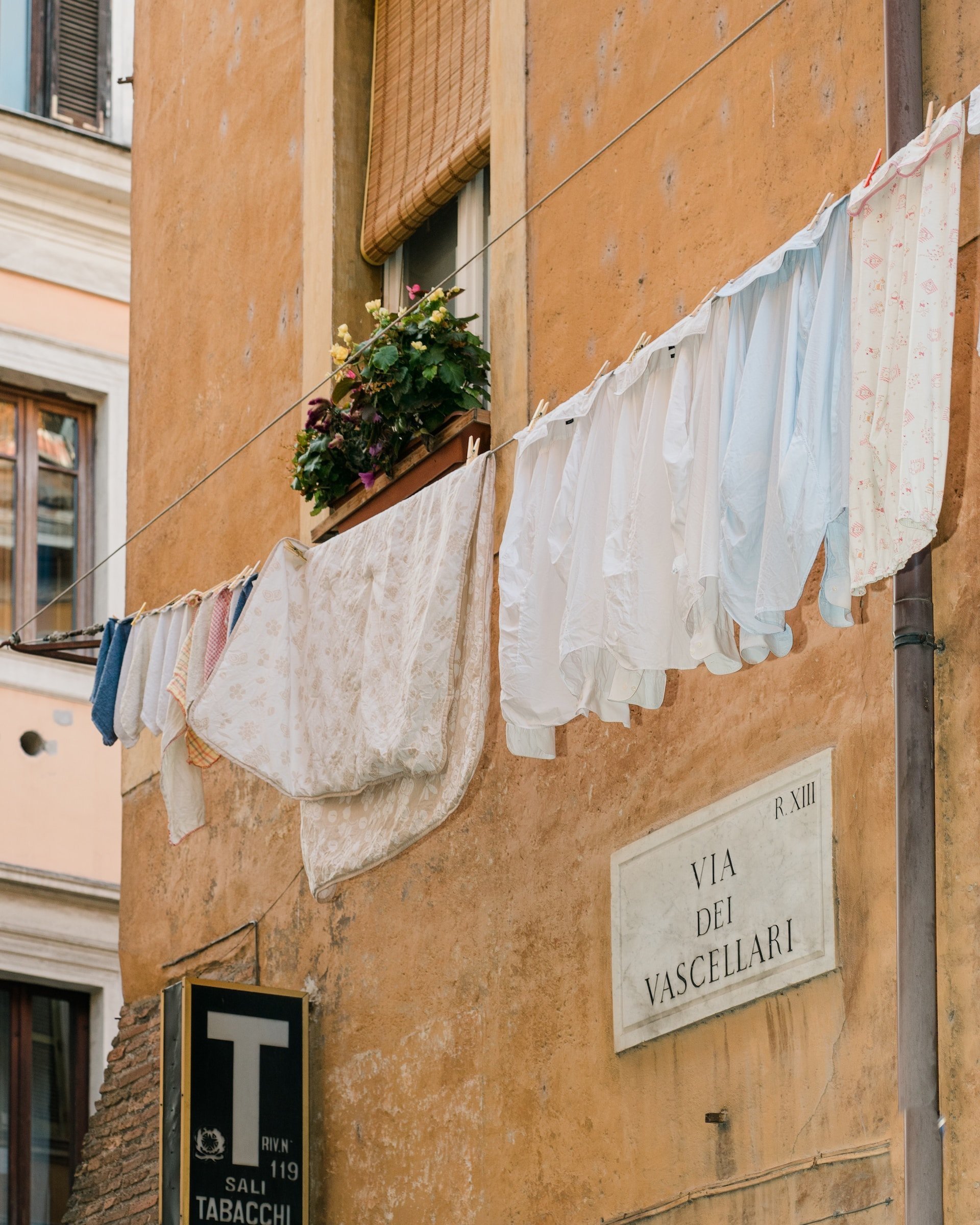Is Leather Working Group Certified Leather Sustainable?
Is the LWG Certification Sustainable?
If you’re someone who’s eager to make sure the shoes, bags and accessories you buy are eco-friendly, you might have heard of the Leather Working Group, which certifies leather goods that are promoted as sustainable, supporting environmental stewardship. But how accurate are these claims? Let’s dive deep into what the certification actually ensures.
Animal-derived leather, particularly the most common of its kind, cow skin leather, is a controversial topic in the sustainable fashion space. Whether it’s deforestation in the Amazon, regenerative agriculture claims, methane, or the intersection of environmentalism and animal protection, there’s lots to explore. With so much information – and misinformation – swirling around, the leather industry has attempted to develop environmental stewardship protocol for leather manufacturing. Queue the Leather Working Group.
So, if a bag is labelled with the Leather Working Group certification logo, what’s that mean for the environmental footprint of that accessory?
Leather tanneries, chemical pollution and worker’s rights
Most leather is tanned in either China, Brazil, Russia, India or Italy. Unfortunately, environmental and social justice issues – which are inextricably linked – have been found across the industry in these and other countries. In fact, as with much of the mainstream fashion industry, such issues are the norm rather than the exception.
Tannery workers are far more likely to be at risk of becoming sick with some types of cancer. They also face chronic coughing, skin ailments and other diseases directly tied to their work. Why? 90% of leather is tanned with carcinogenic chromium, as well as other harmful substances like arsenic and formaldehyde. These chemicals are known to run out into waterways surrounding tanneries, endangering the health of local wildlife and human communities. The Pulitzer Centre’s short film, The Toxic Price of Leather, explores just how devastating this impact is to areas around India’s tanneries.
In response to these woeful problems, the Leather Working Group (LWG) has a strong focus on tanneries and improving their environmental impact. The LWG auditing process includes hundreds of questions which do reduce the negative impacts of tanning.
Concerningly though, ‘gold status’ LWG certification can be achieved by a tannery which conducts zero social auditing. Some very limited worker health and safety considerations are made, but these are very minimal, and a score of just 50% is considered a pass.
Not only does this cause concerns considering the health risks facing workers, but because exploitative pay, child and forced labour has been documented in the industry. Workers deserve better, and the fashion industry will never be sustainable if it refuses to stop treating people like commodities to exploit for economic gain.
Is Leather Working Group leather chromium free, or vegetable tanned?
Considering the often dangerous risks associated with using chromium to tan leather, many people wonder if certifications like LWG ensure chromium is not used. LWG leather can contain chromium, but there’s more to consider here, too.
While many people pine for the less than 10% of leather that is vegetable tanned, studies have found that this tanning process does not actually have a significantly different environmental impact, compared to conventionally tanned leather. In fact, contrary to popular belief, vegetable tanned leather is not even considered ‘effectively biodegradable’ by the industry – though it is often marketed as such to distinguish it from chrome leather. There are different ‘benefits’ and ‘failings’ of each tanning process, but more importantly, the majority of leather’s environmental impact does not occur during tanning.
Leather’s environmental impact: beyond the tannery
If most of leather’s environmental impact doesn’t take place in a tannery, where’s it coming from? And what’s LWG doing about it? Some of this impact occurs at slaughterhouses, and the vast majority, on farms and ranches. Before we go further, a little mythbusting: if you’ve ever heard that leather is a by-product of meat and dairy production, it’s in fact a valuable co-product.
Ranches and slaughterhouses both profit from the sale of skins; the leather industry is worth well over 100 billion dollars, and when skins don’t sell – even due to the popularity of animal-free alternatives – massive financial losses occur. Because of this, when we talk about the impact of leather production on the planet, we need to consider slaughterhouse and on-farm impacts. To be fair, environmental experts use ‘economic allocation’, attributing emissions to either skins or flesh sold as food, based on how much money they make the industry.
If we look from a purely environmental perspective, slaughterhouses can be wrapped up with all sorts of problems: the United Nations’ Food and Agricultural Organization recognises these facilities as having a high local pollution potential, as discharge and waste – like blood, bones, entrails and faeces – can contaminate freshwater ways. This can, in some cases, even lead to eutrophication, a process which has the potential to cause dead-zones where aquatic life struggles to survive.
Wondering what LWG certified leather does to combat this problem? You might be shocked to hear it, but the answer is absolutely nothing. The Leather Working Group certification is a tannery-only audit.
image from The Guardian
The most environmentally damaging part of leather production is ignored by the LWG certification
Not only are slaughterhouses and their impact ignored by the LWG certification, but so too are farms. This is seriously concerning, especially considering how significant the land, climate and water footprint of leather is, when considering on-farm impacts.
There are serious consequences to the Leather Working Group’s inaction at the farm level. In fact, a stand.earth report showed a significant number of brands selling Leather Working Group certified leather were tied to and likely funding the deforestation of the precious Amazon Rainforest. Did you know that 1 Brazilian leather bag is equal to 1,000 square metres of cleared land?
Some brands choose to avoid leather from Brazil to protect the Amazon, but unfortunately, deforestation is a global problem. In Australia, cattle rearing is a leading cause of deforestation – and the country is one of the world’s top ten producers of skins. Inefficient use of land, kept cleared and empty of native vegetation is a problem across the globe, often fuelled by demand for animal-derived products.
Land use transformation can result in massive greenhouse gas emissions, and rearing cattle for slaughter is already a gassy business. Even compared to conventional synthetic leather – a material we need to transition beyond using – cow skin leather products have a carbon equivalent footprint nearly 7 times more harmful. Until LWG acts on climate and deforestation, the certification cannot ensure sustainability.
The Leather Working Group also says it certifies ‘ethical leather’ – is this true?
If the term ‘ethical leather’ – used by the LWG – were ever to be considered as a genuine possibility, we’d need to talk about animals. While the ethics of workers’ rights and treatment aren’t considered by the Leather Working Group, is the wellbeing of animals, at least?
Unfortunately, this is another area where the LWG doesn’t like up to its promises. Not a single animal protection consideration is made by the group.
Cattle in the leather industry are often painfully mutilated – their sensitive horns cut off, their skin branded with searing hot metal. Others are confined to feedlots where they can’t follow their natural instincts, and some are killed at just a few days old, sometimes in horrible ways.
Where can we find genuinely sustainable and ethical leather?
The safest, most sustainable and ethical way to source leather, is to choose plant-based leather. Materials created as alternatives to tanned cattle skin continue to be developed, and are only becoming more environmentally friendly and budget conscious.
While not all leather alternatives are created equal, here are some that we love, and that are available at the moment:
Apple leather
This material is partly bio-based, and partly synthetic. While that’s not perfect, this material – like cactus, mango and grape alternatives – has a lower land, carbon and water footprint, and isn’t tied up in so many ethical quandaries. Apple leather alternatives – made partly from apple cores, seeds and stalks discarded in the juice industry – are becoming more and more easily accessible.
Piñatex
This material has a far lower environmental impact than animal leather and conventional synthetic alternatives. Made from otherwise wasted pineapple plant leaves which are coated in a bio-resin, the material is about 95% biodegradable. Piñatex has a somewhat unique texture, and it ages beautifully, softening over time, and kept in perfect condition with moisturising balms – just as with other leather.
Recycled vegan leather
While it’s likely you’ve heard of recycled leather, did you know recycled vegan leather exists, too? Both of these materials usually have some synthetic element to them, in order to bind the material together.
While virgin synthetics aren’t the solution we need for the future, using what is already here is worthwhile, and helps to make fashion more circular.
Cork
An option that’s often forgotten, cork is a great, water-resistant, sturdy and biodegradable leather alternative. Perfect for hardier uses like belts, backpacks and shoes, cork bark is removed from trees that continue to grow, with this process actually allowing trees to sequester more carbon.
Mirum
This new material is beginning to pop up all over the place, and is made without any plastic. Certified as 100% bio-content through the USDA’s bio-preferred program, Mirum is versatile, made with slightly different ingredients depending on the use.
For example, a black Mirum handbag can be made from a blend of Forest Stewardship Certified natural rubber, natural colourants like charcoal, natural fillers like clays, as well as plant-based oils and waxes.
About the Author:
Emma Håkansson is the founder and director of Collective Fashion Justice which seeks to create a total ethics fashion system that prioritizes the life and wellbeing of non-human & human animals, as well as the planet, before profit & production. She has written countless articles on ethics, sustainability, and fashion, and has two books due out over the next two years.
MAKE SURE TO PIN THE PHOTO BELOW TO SAVE THIS POST FOR LATER!
WANT TO FIND SUSTAINABLE BRANDS? VISIT OUR BRAND DIRECTORY!
Our Brand Directory is home to hundreds of sustainable brands, from makeup to cleaning supplies, from underwear to shoes. We have broken everything down by category for easy shopping, along with discount codes unique to Sustainably Chic viewers.

